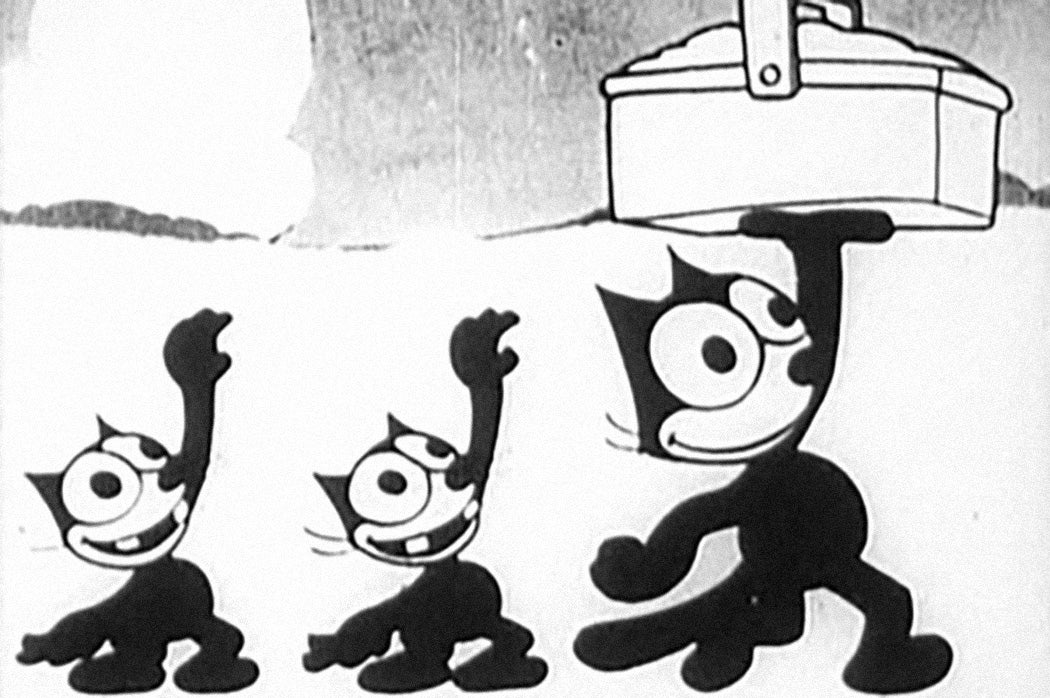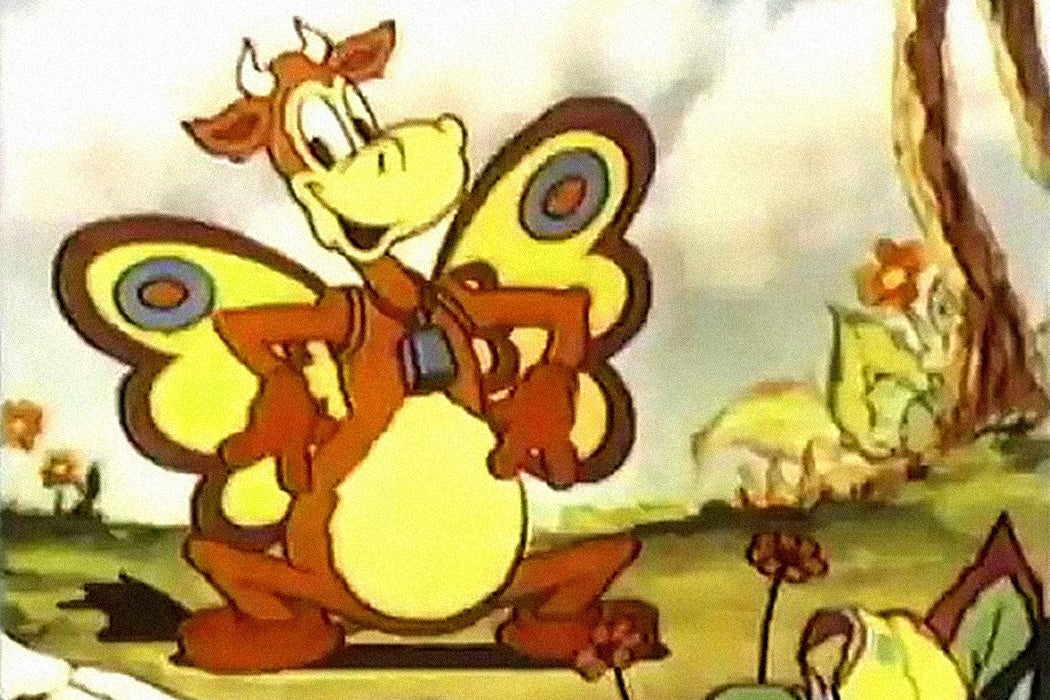“Let’s face it: environmental history can get pretty depressing,” historian Paul Hirt writes. It’s hard to think about all the floods, fires, climate changes, and everything else that’s happened with our natural world in a way that doesn’t lead to utter despair. But these are topics that need to be covered, investigated, and—for those disasters that might be repeated—remembered. But how, Hirt asks, can you do that without creating “hopeless cynics, or turning them off entirely?”
One solution? Turn to animation.
Ecological cartoons weren’t (and aren’t) a particularly wide-spread form of animation, but as researchers Robin L. Murray and Joseph K. Heumann write, cartoons and “a number of environmentally-oriented animated shorts from the classical era of Hollywood animation serve as potentially powerful cultural productions.”
While the more visible environmental movements of the 1960s and ’70s gave rise to animation that explicitly critiqued how humans interacted with the environment, for the “enviro-toons” created circa 1930–1950, “environmental devastation and negative consequences of progress served as comic plot devices rather than a cultural critique…neither the cartoon directors nor their studios overtly intended that the cartoons convey ecological messages,” explain Murray and Heumann.
In studying more than 500 cartoons from that earlier era, they found that the subtle, yet powerful, messages in them reflected three major patterns. First, there was “the power of nature over the human world.”

For instance, April Maze, a cartoon from 1930 featuring the character Felix the Cat, seemed to “anticipate New Deal programs that saw nature as a powerful force needing both respect and taming.” As Felix and his family try to enjoy a picnic, “they are thwarted each time by ferocious storms that leave Felix and family drenched and scared.”
Nature was always going to be more powerful. Shooting in stark black-and-white, Otto Messmer, the cartoon’s director, “never let his audience forget that Felix was as artificial as his environment.” Even large-scale productions such as Disney’s Bambi (1942) touched on this point, presenting “an animated world in which the culture of humans and nonhuman nature remain in conflict.”
The second concern revealed by the cartoons under study was interdependence between humans and nature. For example, Molly Moo Cow and the Butterflies (1935), pits a butterfly collector against Molly, a cow who loves the insects’ company. “Molly and the butterflies share what seems like Paradise,” write Murray and Heumann. “Until [the collector] enters with his butterfly net, catching her friends for his collection.” Molly eventually frees her friends and chases the collector away, a victory for interspecies cooperation.
Weekly Newsletter
Finally, these early cartoons, many with familiar names, criticized human exploitation of nature. For example, Hare Conditioned Bugs (1945) features that beloved rascally rabbit, Bugs Bunny. Bugs, emerging from his rabbit-hole home into what he thinks is a park, instead finds himself in a store’s window display. Of course, Bugs outsmarts the store, avoiding both window entrapment and becoming the store manager’s next taxidermic display. While leaning into the humor, this and other cartoon settings that put nature on display act as “monuments to a disappearing natural world.”
Though cartoons like this weren’t the norm, there were certainly enough companies producing them that they say something about the times in which they were made. People were grappling with technology, with consumerism, with modern life slowly erasing the natural world. These enviro-toons “stand out as powerful statements both for conservation and against environmental waste.”







